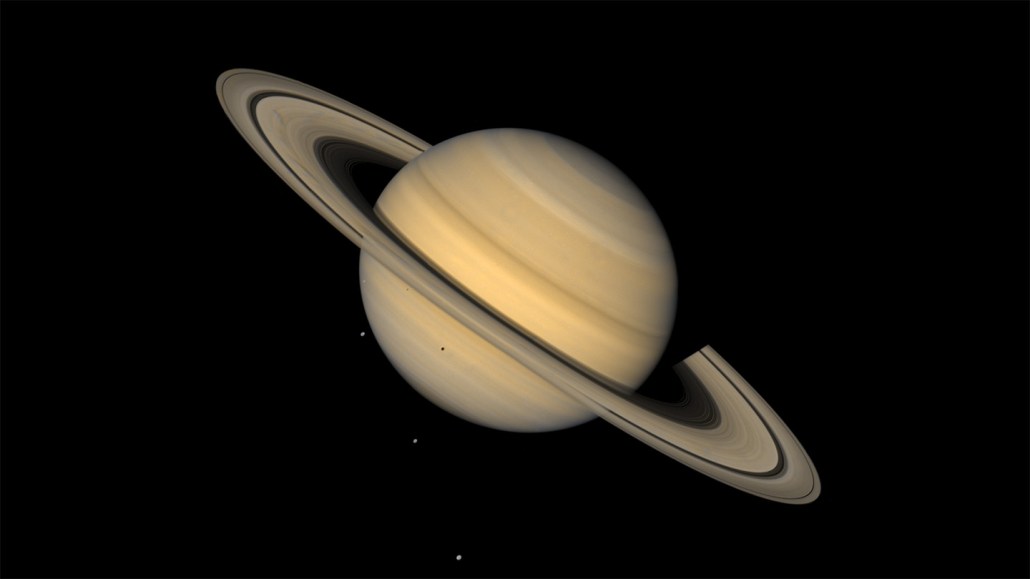Saturn’s first Trojan asteroid has finally been discovered
All four giant planets now have known asteroids sharing their orbits

Saturn is known for its stunning rings and its many moons (four seen here), but they aren’t the planet’s only companions. Its first known Trojan — an asteroid that shares the planet’s orbit around the sun — has now been discovered.
USGS/JPL/NASA